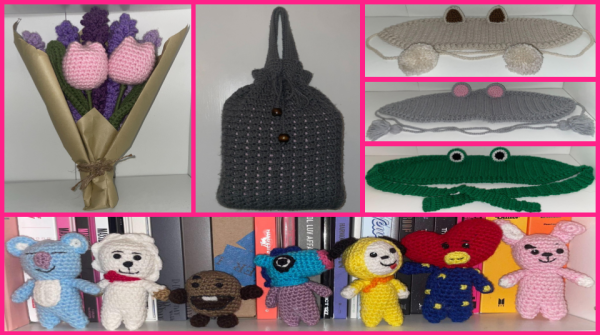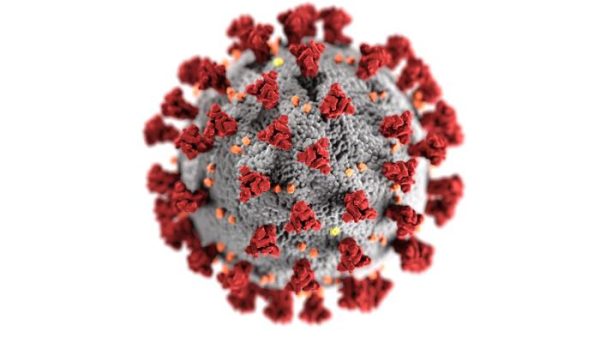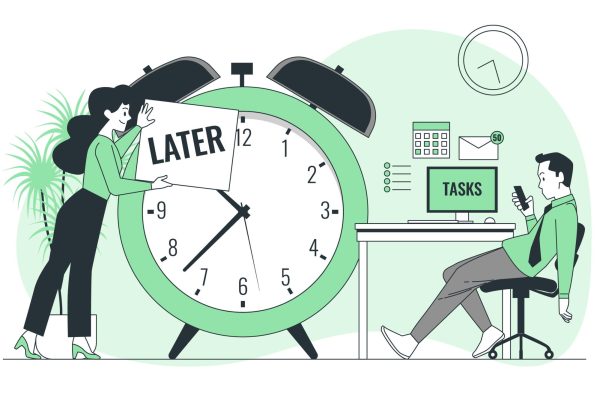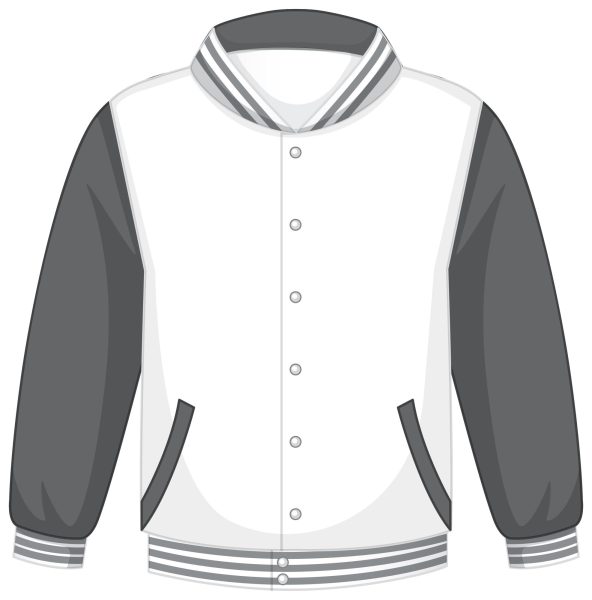Health class helps students take on the role of parent
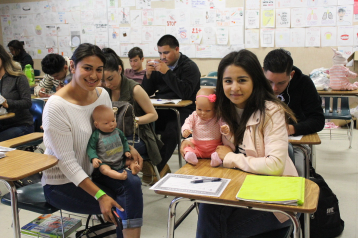
Seniors Lizbeth Avilez and Sonia Paredes embrace motherhood excitedly with their newborn babies Blake Avilez and Behati Paredes.
The Baby Think It Over Program is a one day experience that helps teens think twice about becoming a teen parent. It teaches the struggles of late night feedings, diaper changing, and the sacrifices parents have to make.
Every year approximately 750,000 teens get pregnant according to Family Planning Plus. However, since 1990 teen pregnancy has declined about 68 percent and a cause of this may be due to the awareness of pregnancies from health classes. Health teacher Carolyn Cleaves stated, “A large portion of students realize that taking care of a baby is very difficult. They’ll know it was their responsibility.”
Realcare Baby is a project from Realityworks that students get during health class for one day that requires you to take a fake baby home and care for it as if it was a real baby. The project’s intentions are to teach teens how hard it really is to juggle a baby, work, sports, and school at the same time. The baby acts like a real baby by crying if it is hungry, needs a diaper change, is uncomfortable, neglected, or just being fussy once it is activated.
When the project first came out students use to take care of baby for a week, however the time has been changed to only one day because health teachers don’t want to get in the way of students’ academic studies, sports, or jobs. Health teacher Jeffrey Eaton said, “It has a positive learning effect, but the short time is because kids have so many activities we don’t want to get in the way.” He believes the project helps because what he mostly hears when the students return the baby is how much the baby had cried, the attention it needed, and the lack of sleep students got that night. Junior Vivi Porras from Cleaves’ class said, “The hardest part was how old the babies were because a lot of times the baby cried I couldn’t make it stop because my bracelet didn’t work, I couldn’t do anything about it crying except cry with it.”
Created in 1993, RealCare Baby has had many changes in their program. When the program was first introduced the project included a car seat/carrier with detection kit, blanket, clothes, a diaper bag, and a handbook with information of how to care for the baby and what not to do. However, now all a student gets with the baby is a pair of clothes, a wristband, a bottle and two diapers for the one night experience. Because the baby dolls are so old, some students would have trouble tending to their baby’s needs. Junior Chanell Baeza from Eaton’s class had some problems with feeding her baby because the magnet in the bottle wasn’t working, which caused her baby to cry for longer. At first Baeza expected the project to be easy, but because her baby didn’t stop crying she said, “It helped me want to wait to have to a kid.”
To take care of the RealCare baby sessions can last from 5-35 minutes. An example is feeding baby, if while feeding baby the bottle slips then the baby will start crying and the feeding time will start all over again making it have to last longer, which frustrates the students even more. After feeding, the baby would want to be burped and rocked and the time took however long until baby was satisfied, like the feeding if you stopped for a few seconds then baby would cry, making the process repeat itself. This may seem like an annoying thing to deal with, but this is what makes the project effective. By showing students the struggling moments parents have to deal with, such as late night feedings and diaper changing, it helps students realize how big of a responsibility a baby can really be and makes them think twice about their actions. Cleaves said the hardest part for students was, “The demand in the evenings for the request of care, and watching the head fall.”
This project has been effective for most students, but sometimes students get lucky and end up with a baby that isn’t difficult to care for. This ends up affecting their experience and attitude towards having a kid. Steven Munoz, Cross Country coach and World History teacher, thinks the concept is a good idea but he has some issues with the way it’s executed. “During practice or races, I have seen kids leave the baby in their duffle bag, practice or compete and then come back to it and there are no issues. I’ve also seen the reaction from kids that see the baby and all want to hold it and play with it. This probably isn’t the best reaction because it sends the message of ‘look how much attention I get when I have this baby.” Another issue with the project is when a student who not didn’t experience the whole nine month pregnancy, had the baby for only a day, and didn’t care for the actual health issues that occur with a real baby was pleased with her results turned to her friends- keep in mind these are 16, 17 and 18 year olds taking the class- and said, “I think I’m ready to have a baby now.” The baby project may seem like taking care of a baby can be an easy thing to do to some students, and it can make them believe they are ready to have their own baby, the opposite of what it’s meant to do.
In some areas, the project had stressed some students out, which helped the idea of the program, but in another area where the project can be improved is time. Eaton confessed that he would like to look at how a different length of one day to one weekend would influence the learning involved in the project. Although Eaton would be interested in seeing the difference of the learning experience, most students believed one day was enough which helped show how effective the project was at making teens want to wait to have their own kids. Junior Fernanda Hernandez, from Cleaves’ class, thought differently. “All the crying in the night, I think one day was enough. If the intention was to make us want to wait to have kids I think it worked; I know it made me want to wait.”
In addition to the baby project, the health classes also raise awareness by showing videos of teen parents, and having presenters, such as Be Proud, Be Responsible and Planned Parenthood, come in to teach students the risks of getting pregnant and the emotional and financial struggles that come along with it. The presenters also give information on different birth control methods and how to use them effectively. Although the videos and presentations do a good job at teaching students what to expect, the Baby Think it Over program is the part that leaves a lasting impression.
Your donation will support the student journalists of Alisal High School. Your contribution will allow us to purchase equipment and cover our annual website hosting costs.




